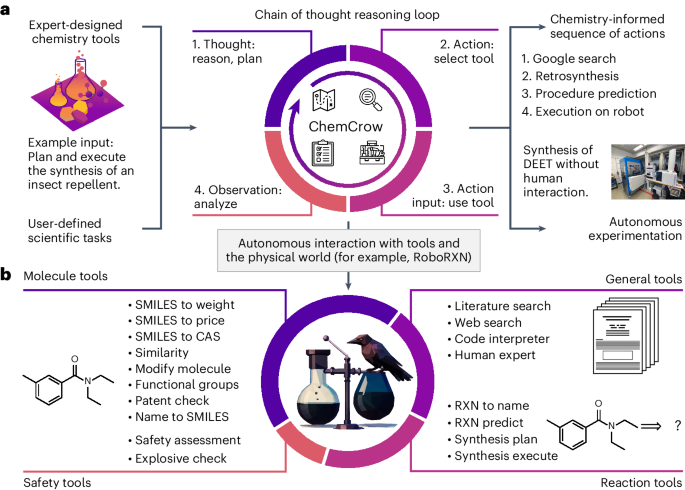2024-05-22 バース大学
<関連情報>
- https://www.bath.ac.uk/announcements/university-of-bath-scientists-develop-new-battery-free-lactic-acid-sensor/
- https://pubs.acs.org/doi/10.1021/acssensors.4c00027
グラフェン発泡電極上のピレン付加ボロン酸が量子キャパシタンスに基づく乳酸分子センサーを提供する Pyrene-Appended Boronic Acids on Graphene Foam Electrodes Provide Quantum Capacitance-Based Molecular Sensors for Lactate
Simon M. Wikeley, Jakub Przybylowski, Jordan E. Gardiner, Tony D. James, Philip J. Fletcher, Mark A. Isaacs, Pablo Lozano-Sanchez, Marco Caffio, and Frank Marken
ACS Sensors Published:March 6, 2024
DOI:https://doi.org/10.1021/acssensors.4c00027
Abstract

Molecular recognition and sensing can be coupled to interfacial capacitance changes on graphene foam surfaces linked to double layer effects and coupled to enhanced quantum capacitance. 3D graphene foam film electrodes (Gii-Sens; thickness approximately 40 μm; roughness factor approximately 100) immersed in aqueous buffer media exhibit an order of magnitude jump in electrochemical capacitance upon adsorption of a charged molecular receptor based on pyrene-appended boronic acids (here, 4-borono-1-(pyren-2-ylmethyl)pyridin-1-ium bromide, or abbreviated T1). This pyrene-appended pyridinium boronic acid receptor is employed here as a molecular receptor for lactate. In the presence of lactate and at pH 4.0 (after pH optimization), the electrochemical capacitance (determined by impedance spectroscopy) doubles again. Lactic acid binding is expressed with a Hillian binding constant (Klactate = 75 mol–1 dm3 and α = 0.8 in aqueous buffer, Klactate = 460 mol–1 dm3 and α = 0.8 in artificial sweat, and Klactate = 340 mol–1 dm3 and α = 0.65 in human serum). The result is a selective molecular probe response for lactic acid with LoD = 1.3, 1.4, and 1.8 mM in aqueous buffer media (pH 4.0), in artificial sweat (adjusted to pH 4.7), and in human serum (pH adjusted to 4.0), respectively. The role of the pyrene-appended boronic acid is discussed based on the double layer structure and quantum capacitance changes. In the future, this new type of molecular capacitance sensor could provide selective enzyme-free analysis without analyte consumption for a wider range of analytes and complex environments.



